- Apple will soon let you share an AirTags location securely with an airline
- With several airlines onboard, the hope is to help sooner reunite lost baggage with an AirTag inside
- “Share Item Location” will launch with iOS 18.2 later in 2024
If you’ve ever had an airline lose your luggage, Apple might have announced the best news possible. And this is one that I really wish had arrived months earlier.
As part of iOS 18.2, which is expected to launch in December 2024, Apple is giving AirTags and FindMy a significant upgrade that will likely be music to many ears. You’ll now be able to securely share your AirTags location with a specific person, but more importantly, a business.
With “Share Item Location,” you can easily and quickly generate a shared URL showing the AirTag’s location, a map, and the timestamp. Why is this so handy? Well, if you’re already in the habit of having an AirTag in your luggage, and if it goes missing, you’ll be able to share this URL with, say, an airline – like United or Delta, among others – in the hopes of getting it back sooner. The map viewable by the URL will be similar to seeing the AirTag’s location within the FindMy app, and it can be accessed from a browser.
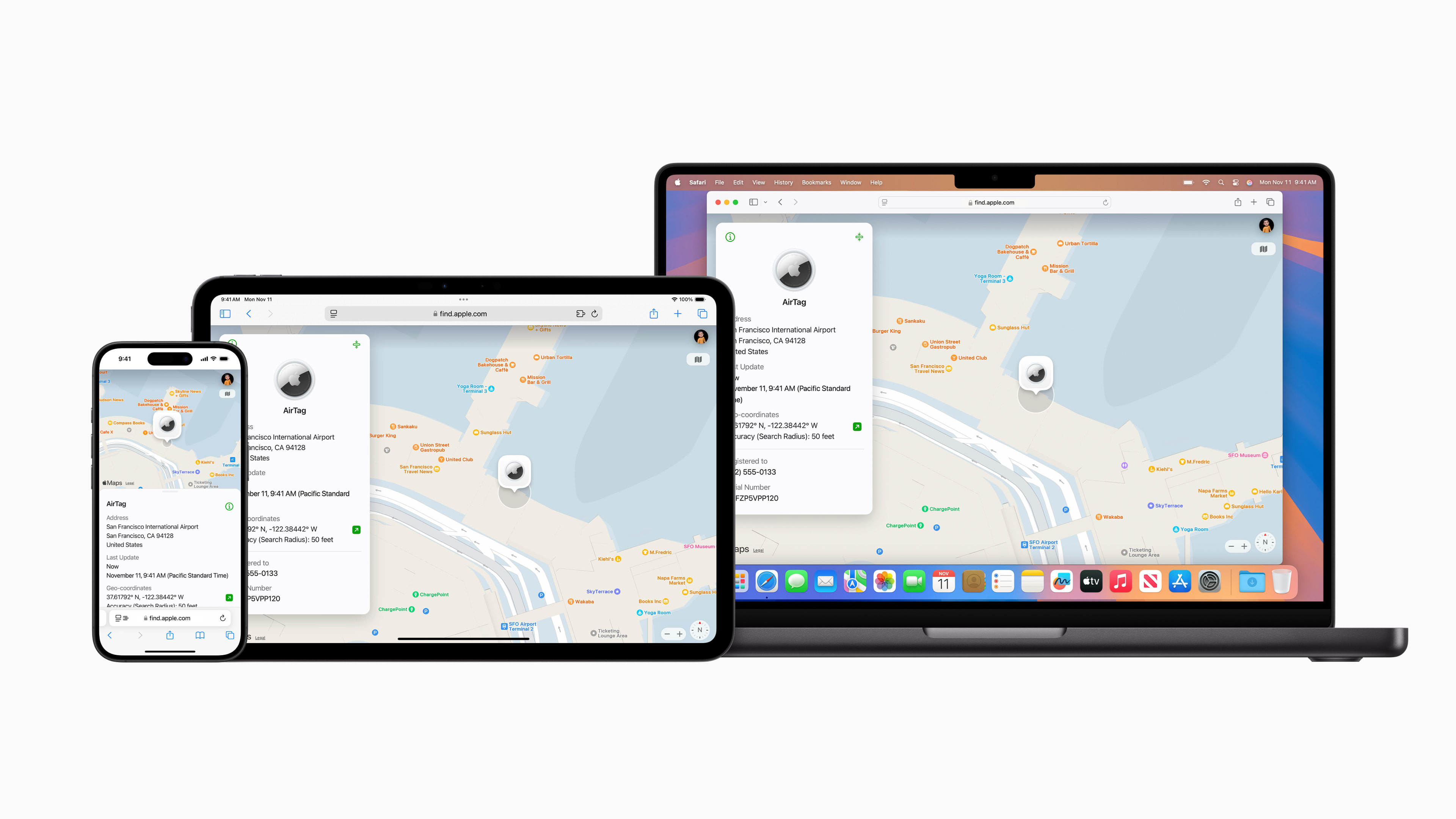
In fact, “Share Item Location” is designed for a trusted person or an airline from the ground up, in that Apple is working with many airlines to let a user share this link if a piece of luggage goes missing. Those airlines include United and Delta Airlines as well as Aer Lingus, Air Canada, Air New Zealand, Austrian Airlines, British Airways, Brussels Airlines, Eurowings, Iberia, KLM Royal Dutch Airlines, Lufthansa, Qantas, Singapore Airlines, Swiss International Air Lines, Turkish Airlines, Virgin Atlantic, and Vueling as of the time of writing.
As someone whose luggage has been lost, having an airline better equipped to handle and understand an AirTag and the location it pings will be leagues better. The goal here is that the AirTag’s location, as well as technology that airlines already have in place, can help to end lost luggage … or at least make it a faster return.
David Kinzelman, United’s chief customer officer, said in a statement, “We know many of our customers are already traveling with AirTag in their checked bags, and this feature will soon make it easier for them to share location information with us safely and securely, helping our customer service agents work more efficiently and giving our customers added peace of mind. We plan to accept Find My item locations in select airports initially, with the goal of introducing the service systemwide in early 2025.”
It’s great that United is taking the time to integrate “Share Item Location” and the data it will bring into its systems. When this launches in early 2025 for the carrier, they’ll likely be inundated with questions. Delta is similarly excited about the new solution and hopes that it can close the gap.
Beyond individual airlines prepping for this launch of “Share Item Location,” SITA, which runs the global baggage tracing system WorldTracer, is working to build out support for the feature. Considering it’s used at over 2,800 airports around the world, this is good news in the quest to reunite baggage.
Analysis: This is a win for customers
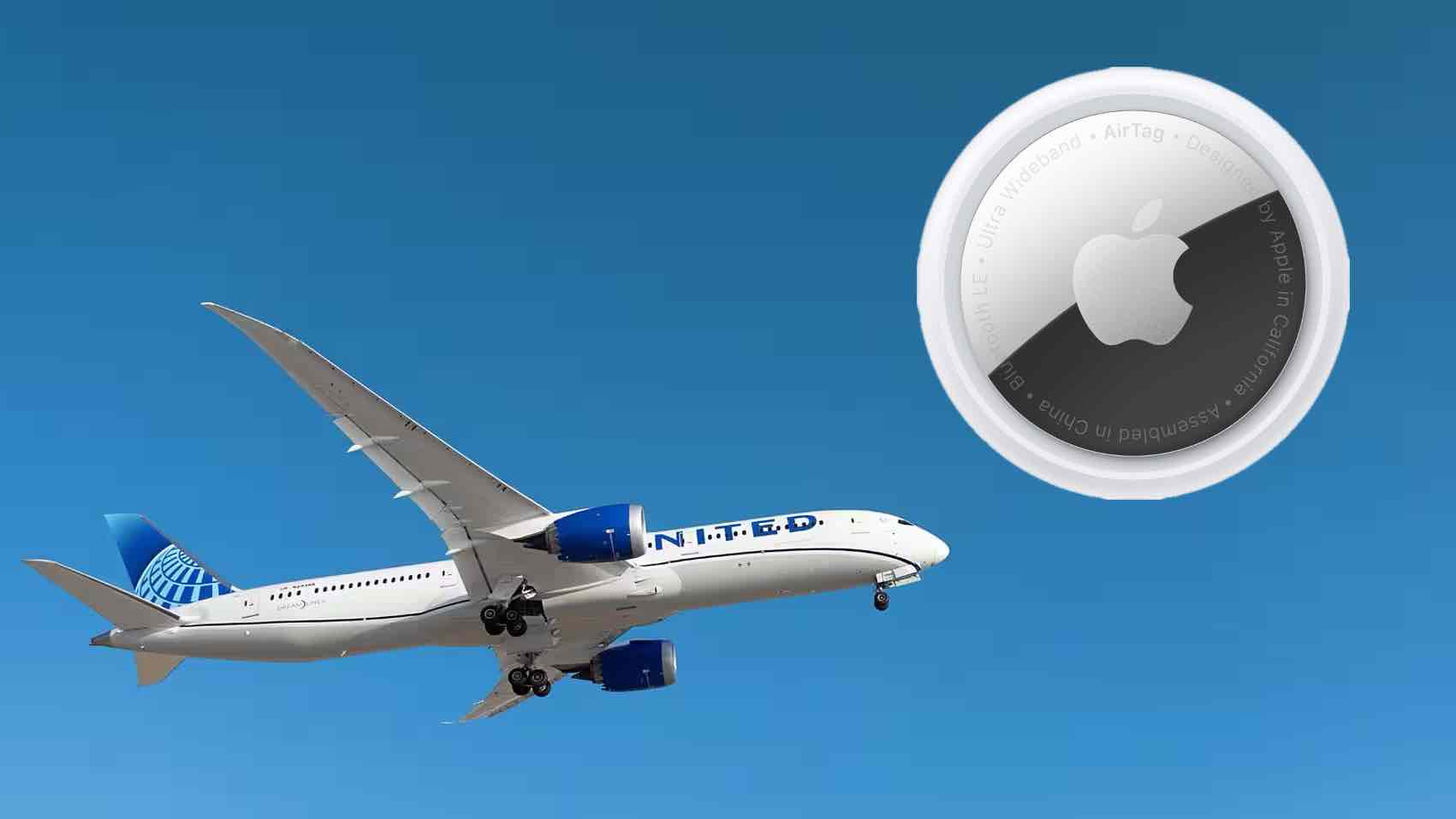
One of the biggest frustrations I had when my luggage went missing was that I could see where it was thanks to the AirTag inside, but that also meant I could tell when it was going somewhere that was the complete opposite of what a customer service representative would tell me. I could not share my AirTag’s location outside of screenshots; I just spoke to them or wrote it up in an email. It was frustrating as I had the information and could see my baggage moving the wrong way while I was told something completely different from the airline.
I truly don’t think this feature can roll out soon enough, and while I’d give the same hope as I do when recommending an AirTag is that you’ll never have to use it to track down your lost luggage, at least the airlines will be better equipped to reunite you even sooner. So yes, if AirTags go on sale again for Black Friday 2024, you should get one for every piece of luggage you own.

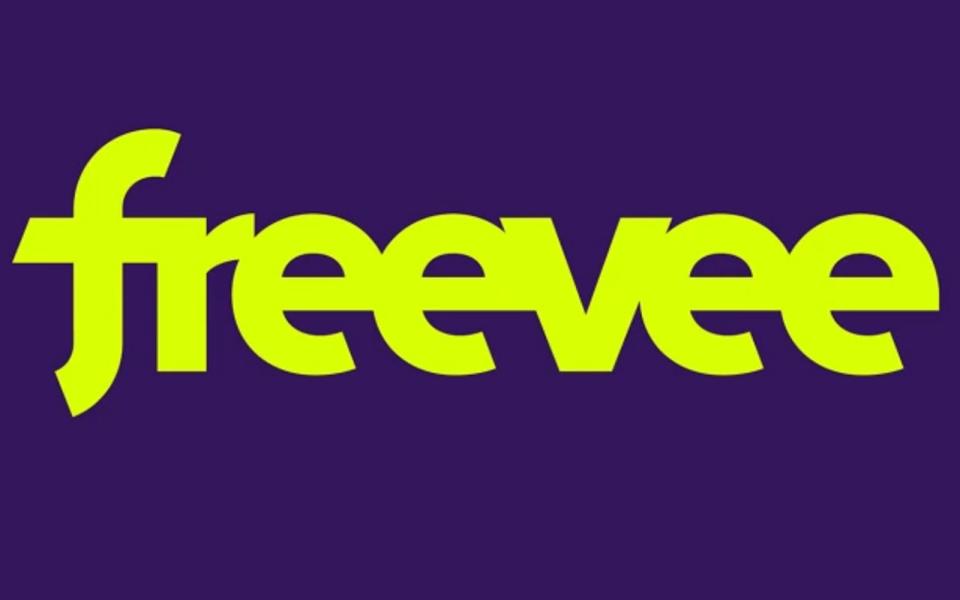


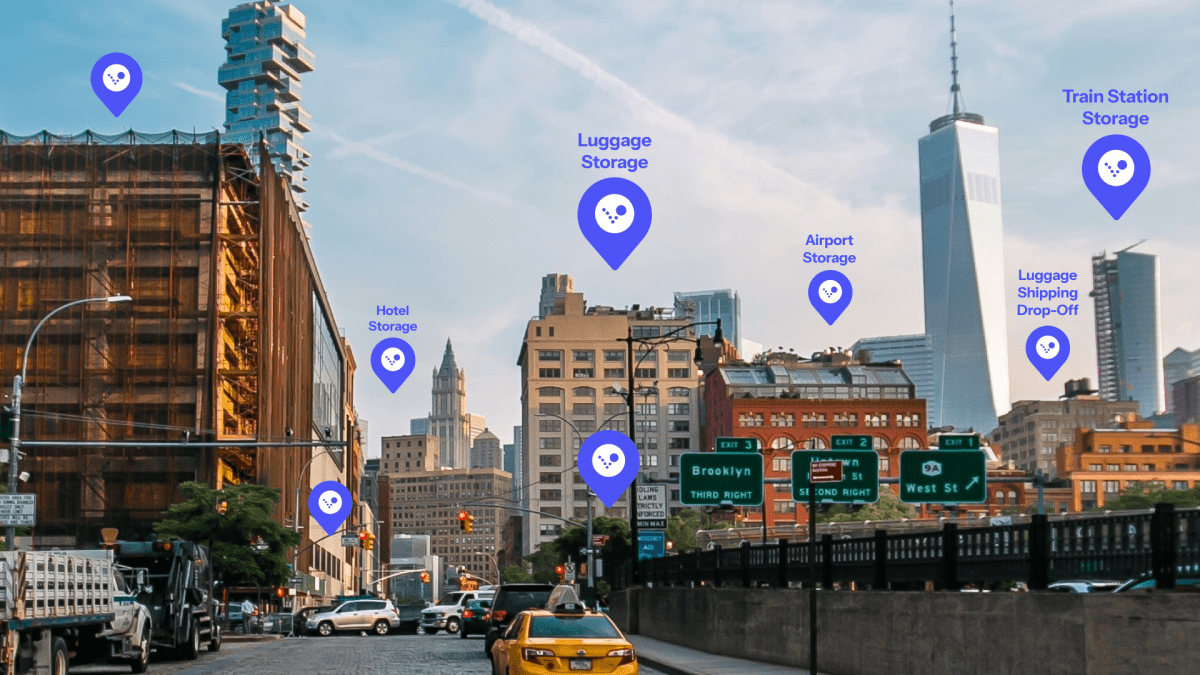
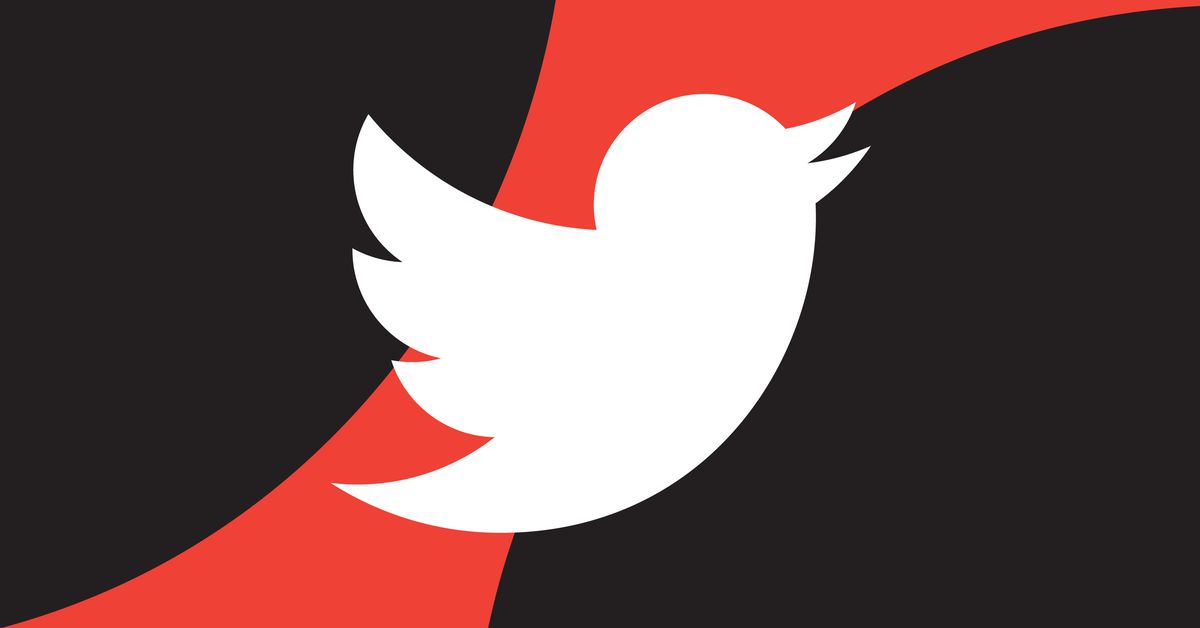
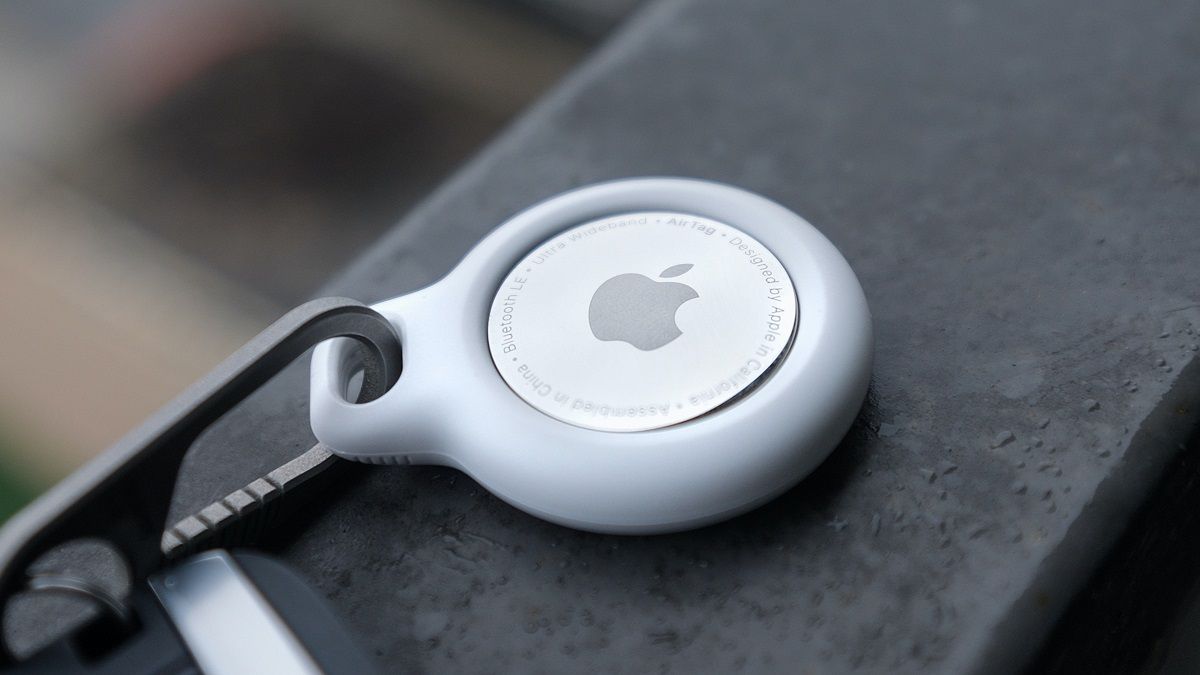




































































































































































You must be logged in to post a comment Login